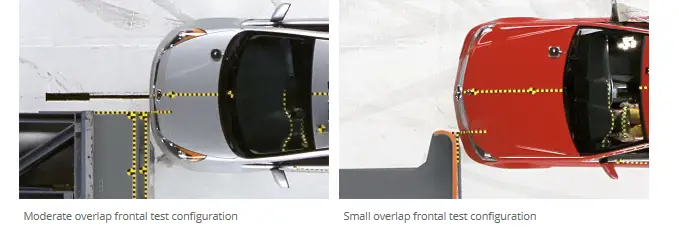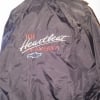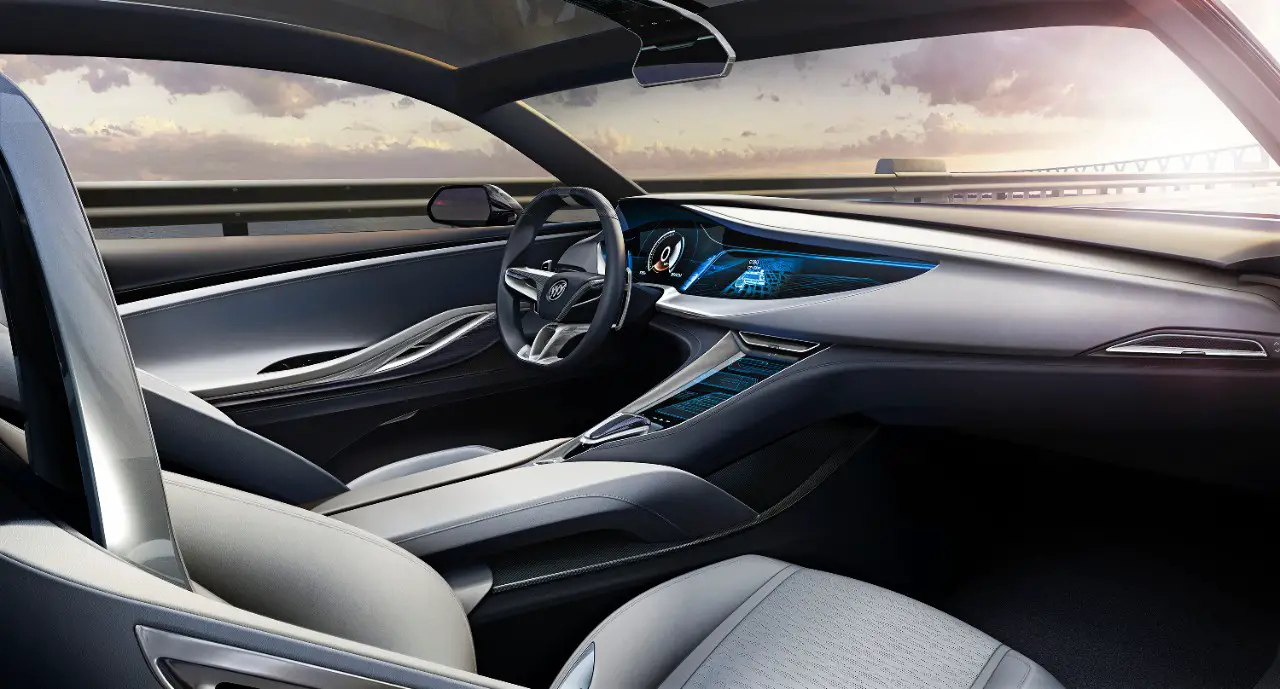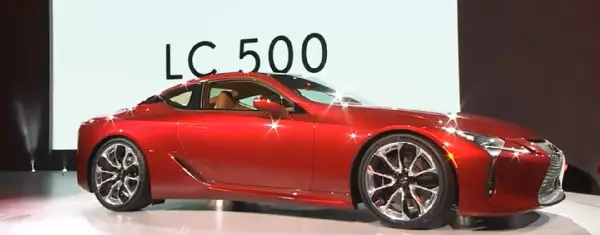
The reason that this accident is so serious is the crash only involves 25% of the frontal width of the vehicle. Because the crash misses most of the vehicle's crash structure, the passenger compartment is compromised more than in a moderate front overlap test where 40% of the vehicle strikes the barrier. In addition to causing serious deformation of the body structure and putting the full impact on a small area of the vehicle, the angle results in the vehicle twisting upon impact. In some tests the vehicle rotates a lot. This has an important and deadly effect on vehicles that were not designed for the impact. In many vehicles that scored Good on all tests prior to the new small frontal overlap test being introduced the airbags didn't work properly. In some cases, the dummy's head (or driver's head) would miss the airbag and impact the bottom corner of the left A-Pillar. The forces recorded were in many cases deadly.
So what kind of accident is the small frontal overlap test simulating? Simple. It is a very common type of crash that occurs when a vehicle understeers due to losing grip either from too high of a speed in a corner or from slippery conditions (or both obviously). In my rural New England town, there are no sidewalks on most of the streets and the telephone poles are on the road, not set back. They are literally right on the road meaning the outside edge is on the first inch of the street. It does not take much to screw up and hit one, particularly for a new driver.
I've come around to see IIHS's side of things. The Institute is not a government agency, and I like that. The testing is more rigorous than NHTSA or NCAP's, and I like that too. There is no correlation between a vehicle doing well on this test and costing more than a vehicle that does poorly. However, there is a direct correlation between vehicles that score good on IIHS tests and occupants being safer in accidents. Looking back to the start of the moderate front overlap test, IIHS says "An analysis of 14 years worth of crash data involving IIHS-rated vehicles shows that a driver of a vehicle rated good in the moderate overlap test is 46 percent less likely to die in a frontal crash, compared with a driver of a vehicle rated poor. A driver of a vehicle rated acceptable or marginal is 33 percent less likely to die than a driver of a poorly rated one." The small frontal overlap test is too new for such a comprehensive evaluation, but it would be shocking if it did not have a similar result when time has passed.
Automakers have known since before the current models for sale were designed that this testing was coming. Truck makers knew about this test and some designed to pass it and some did not. The tests are almost never a surprise. Automakers all have their own testing labs and can run the tests themselves. They also are aware of best practices and can design around other's successes. One of the best-scoring automakers of all is Subaru, also one of the smallest in terms of revenue. Subaru's mid-size car scores Good and Audi's scores Poor.
More on this subject here.








Recommended Comments
There are no comments to display.